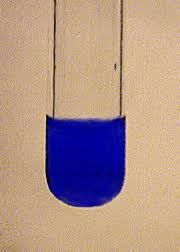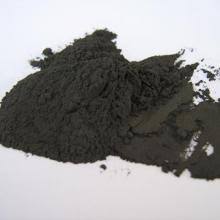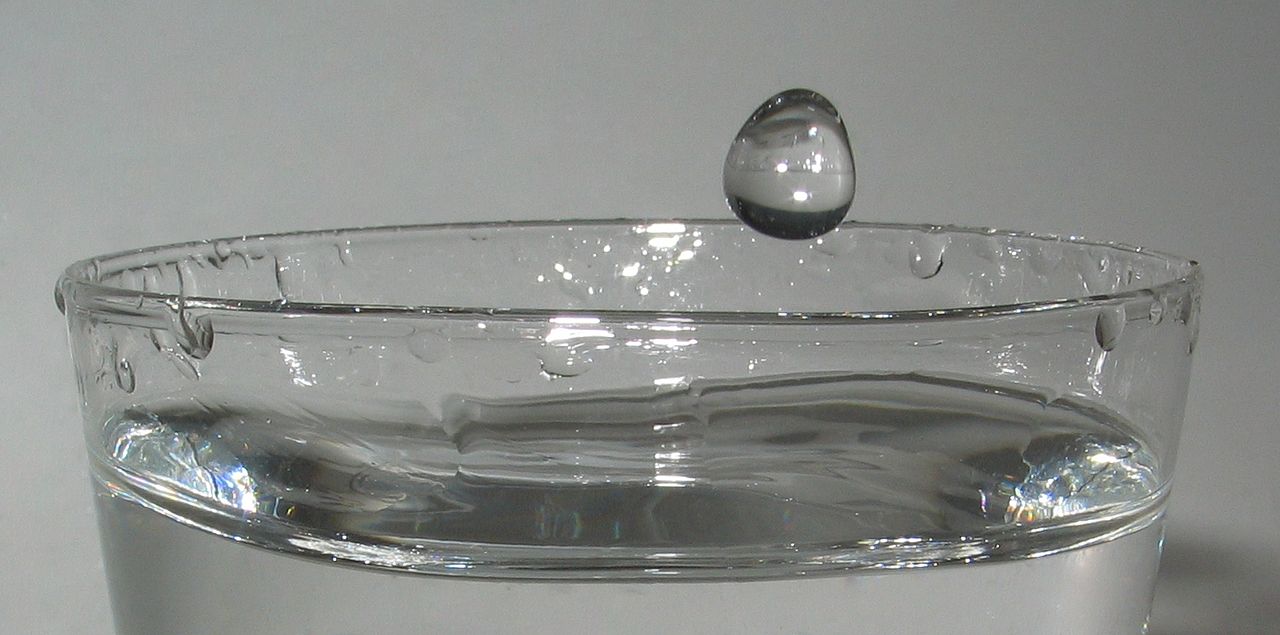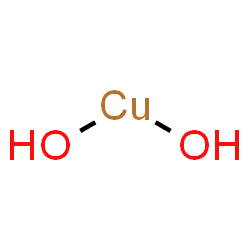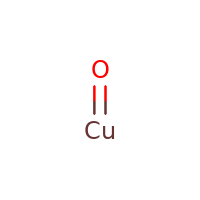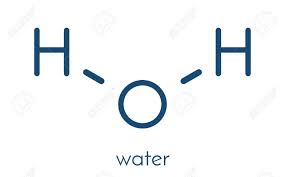Search equation
Please enter the reactant or product to start the search
Cu(OH)2 → CuO + H2O | , Phản ứng phân huỷ
Cu(OH)2 | copper(ii) hydroxide | solid = CuO | copper(ii) oxide | solid + H2O | water | solid | Temperature: temperature, Other Condition excess chlorine
Introduce
Detailed information about the equation
Reaction conditions when applied Cu(OH)2
- Catalyst: not available
- Temperature: 40 - 80
- Pressure: normal
- Other conditions: not available
Reaction process Cu(OH)2
Process: heat a little bit of anhydrous baso Cu(OH) 2 on the flame of the alcohol lamp
Note: Similar to Cu(OH)2, some other bases such as Fe(OH)3, Al(OH)3,… are decomposed by heat for oxide and water. insoluble base is decomposed by heat for oxide and water.
The result of the reaction Cu(OH)2
The phenomenon: The reaction of decomposing turquoise Cu(OH)2 creates a black solid of CuO and water
Detailed information on the reactants
Information about Cu(OH)2 (copper(ii) hydroxide)
Detailed information about the products of the reaction
Information about CuO (copper(ii) oxide)
Information about H2O (water)
Total rating:
Rating: / 5 star
The equations for preparation Cu(OH)2
Catalyst
normal
Temperature
normal
Pressure
normal
Other conditions
normal
Catalyst
normal
Temperature
normal
Pressure
normal
Other conditions
normal
Catalyst
normal
Temperature
temperature
Pressure
normal
Other conditions
normal
Interesting facts about chemistry you may not know
Interesting facts about hydrogen - the lightest element in the periodic table.
Hydrogen is the first element in the periodic system table. Hydrogen is known to be the lightest of all, the most abundant in the Universe, the essential element for life
View moreInteresting facts about helium
Helium is the first rare gas element in the periodic system table. In the Universe, it ranks second in abundance after elemental hydrogen.
View moreInteresting facts about lithium
Lithium is the alkali metal element, located in the third cell in the periodic table system. Lithium is the lightest of all solid metals and can cut a knife.
View moreInteresting Facts About Beryllium
Beryllium is the lightest alkaline earth metal. Beryllium is found in precious stones such as emeralds and aquamarine. Beryllium and its compounds are both carcinogenic.
View moreInteresting Facts About Carbon
Carbon is the non-metallic element in the sixth cell in the periodic system table. Carbon is one of the most important elements in all life, it is also known as the back.
View more